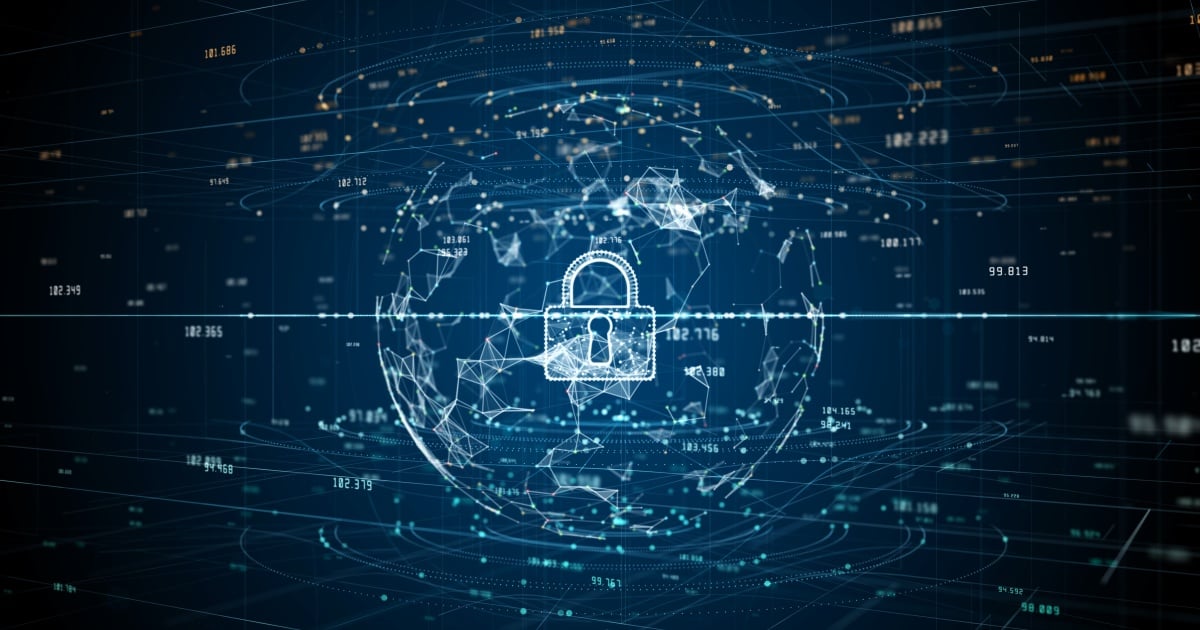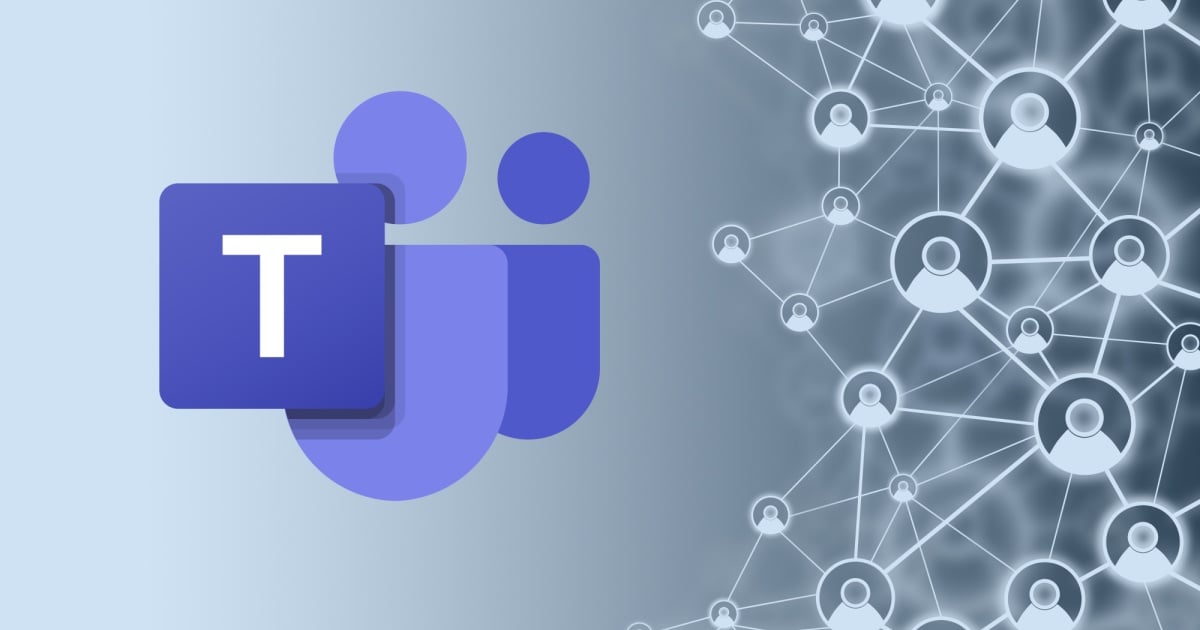
C-suite executives operate in a high-stakes environment where innovation is of the highest importance. Embracing new technologies drives business growth and helps the business maintain a competitive edge. However, this digital transformation also introduced new vulnerabilities that cybercriminals are quick to exploit.
These threats require organizations to stay ahead of the curve. C-suite leaders must make strategic decisions that balance the need for innovation with the imperative of safeguarding sensitive data and systems. This delicate equilibrium demands a better understanding of both business objectives and cybersecurity risks.
C-suite executives must also cultivate a strong cybersecurity culture within their organizations. This involves fostering a mindset where security is an integral part of every business decision, rather than an afterthought. Additionally, investing in robust cybersecurity infrastructure, talent, and processes is essential to mitigate risks and build resilience.
But that, of course, is easier said than done.
In fact, 73% of CISOs expressed concern over cybersecurity becoming unwieldy, requiring risk-laden tradeoffs, according to the “LevelBlue Accelerator: C-Suite Cyber Resilience Responsibilities,” an analysis of C-level executives who are responsible for cyber resilience with their organizations. Additionally, 73% of CISOs feel more pressure to implement AI strategies. And these pressures pair with the fact that 66% of CISOs believe reactive budgets cause a lack of proactive cybersecurity measures.
The data indicates a growing sense of overwhelm and pressure among CISOs because they are caught in a difficult position where they must make tough decisions about where to allocate limited resources, often resulting in calculated risks. And, while AI offers potential solutions to security challenges, its implementation requires investment and clear expertise. This places an additional burden on CISOs who are already stretched thin.
Another big reason as to why organizations are playing catch-up is because of a clear disparity in risk tolerance when it comes to cybersecurity among CIOs, CTOs and CISOs.
CIOs tend to have a higher comfort level with uncertainty regarding cyber threats. This is likely due to their broader perspective on the organization and their understanding that risk is inherent in any complex system. CTOs may exhibit a more cautious approach as they are involved in the intricacies of technology and the potential vulnerabilities that can arise.
CISOs bear the direct responsibility for safeguarding the organization's digital assets. Their role demands a hyper-focus on potential threats and vulnerabilities, which naturally leads to a lower tolerance for uncertainty.
This divergence in perspectives highlights the importance of open dialogue and collaboration among these key IT leaders when developing a cybersecurity strategy. By understanding the unique risk appetites of each role, organizations can create a more balanced and effective approach to managing cyber risks.
“Understanding the C-suite’s business priorities is critical for shaping effective cybersecurity strategies,” said Theresa Lanowitz, Chief Evangelist of LevelBlue. “Identifying how these essential roles look at the business helps to ensure alignment among CIOs, CTOs and CISOs, as well as the teams that report into them. It’s a key first step toward bolstering cyber defenses, especially with the CEO and Board support.”
Given the CIO's higher tolerance for uncertainty in the cyber threat landscape, a strategic approach is crucial. Enhancing risk management frameworks is paramount. By conducting comprehensive assessments and integrating potential threats into decision-making, CIOs can balance strategic planning with risk mitigation. Furthermore, fostering collaboration across departments is essential for addressing complex challenges like supply chain risks. Close cooperation with CISOs and CTOs guarantees a holistic view of threats and effective mitigation strategies.
CIOs should also champion proactive investments. One thing to do is to emphasize the long-term benefits of forward-looking security measures. Doing this, CIOs secure necessary funding and support.
The CTO faces a multifaceted challenge in balancing innovation, compliance and security. To maintain a competitive edge while mitigating risks, they must integrate compliance into the innovation process, prioritizing AI initiatives that deliver maximum value, and fortifying the organization's cybersecurity posture. Strengthening internal security measures is also key. Finally, to protect against supply chain threats, the CTO should implement better security measures for suppliers and incorporate supply chain security into the overall strategy.
As for CISOs, they should focus on automating security processes and ensuring the CISO reports to the CEO for effective leadership. Proactive cybersecurity budgeting is essential to address evolving threats, and integrating AI into security strategies can enhance threat detection and response.
Furthermore, strengthening compliance and governance frameworks is vital to mitigate risks. By adhering to best practices and meeting regulatory requirements, organizations reinforce their security posture. Additionally, comprehensive assessments of external partners are necessary to manage supply chain risks.
By prioritizing cybersecurity as a strategic imperative, C-suite leaders protect their organizations from costly breaches while driving innovation and growth.
Edited by
Alex Passett






